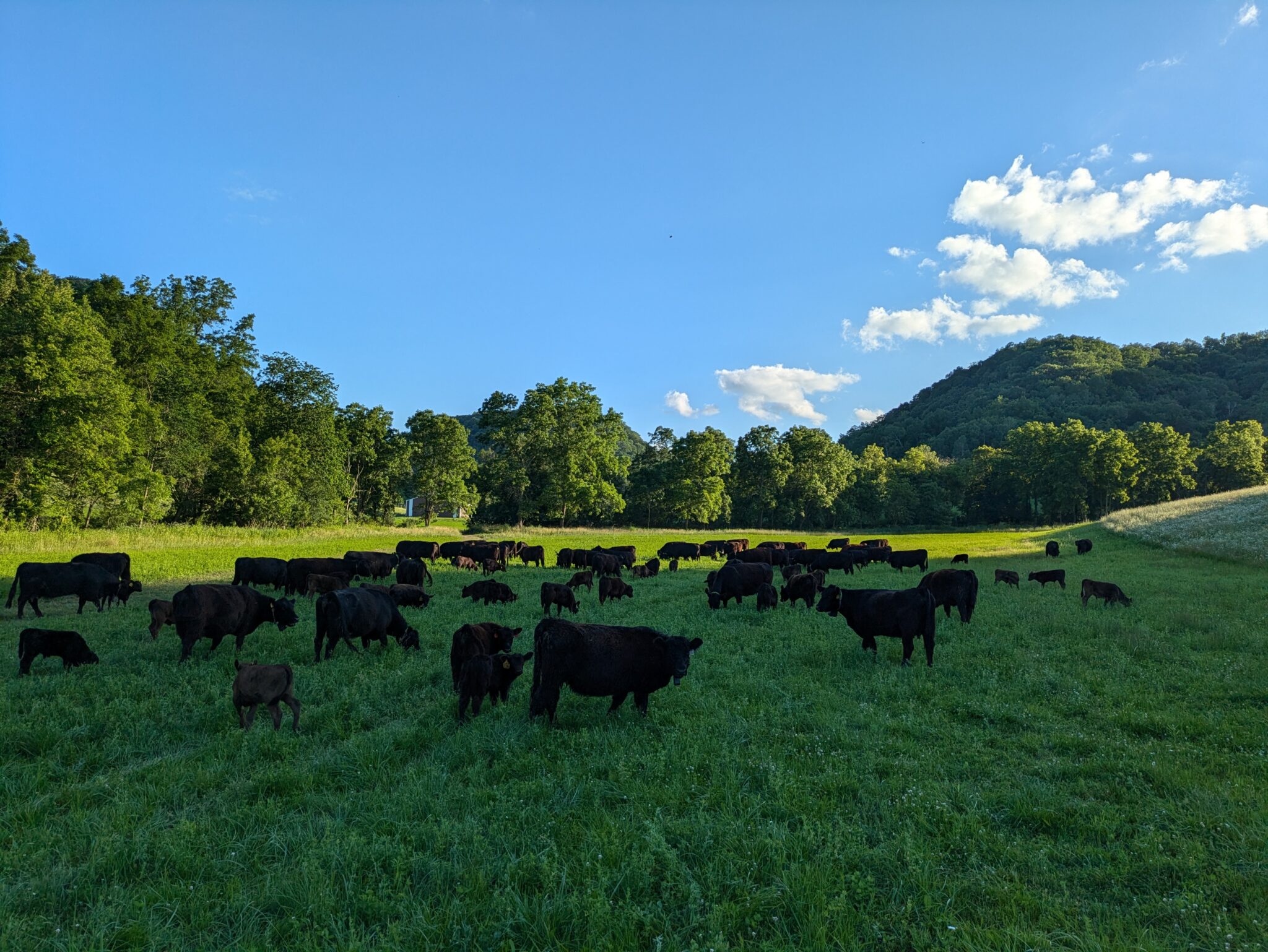Most popular
- February, 20

Meet the Microbe Farm-her: Christina Traeger’s Mission to Raise Beef That Heals
Discover how one Avon, Minnesota farmer is transforming soil, cattle, and lives through nutrient-dense, allergen-friendly, pasture-raised meats. Meat is available at farmers markets, area drop sites, and for on-farm pick up.

Pettit Pastures: Regenerative Agriculture Becomes A Family Farming Tradition
Pettit Pastures, its people, animals, and plants, demonstrate everyday that agriculture and nature can coexist. Through the practice of regenerative agriculture, the Pettit Family restores a healthy balance to their land while raising premium beef and pork for their community.

Lazy Farming? Windhaven Farm Embraces Regenerative Agricultural Practices To Bring The Land to Life
Alex Green and Vanessa Gillman are the hardest working lazy people you’ve ever met. That’s why Alex and Vanessa believe in the power of regenerative agriculture.

Feeding the Grass for the Best Grass Fed Beef: Blackberry Ridge Farms
“My biggest surprise in running Blackberry Ridge Farms is how much failure is involved in farming. Nearly every day we say, ‘Okay, that didn't work, what will we do next?,’” shares Erin Gervais. “We are constantly pivoting and innovating. It's so humbling and at the same time incredibly rewarding because many times we do succeed, and success is far sweeter after some failure.”

The Black Radish: Reinventing the Urban CSA, One Yard at a Time
The Black Radish is an urban oasis where sunflowers tower and ripe beans dangle in magical tunnels. Tucked into its south Minneapolis neighborhood, this farm fosters community through the weekly gathering of CSA pickup, the volunteers who make the work possible, and the yards that nourish local residents.

Forever Green Initiative at the U of M: Rethinking Minnesota’s Amber Waves of Grain
An especially unique attribute of the Forever Green Initiative is its focus on commercialization, adoption and scaling. “Broadly speaking, we think of three areas of work: strategy, landscape, and market,” explained Colin. “We need many businesses sourcing these crops, making products and moving them to consumers, either as ingredients or as finished products.”













